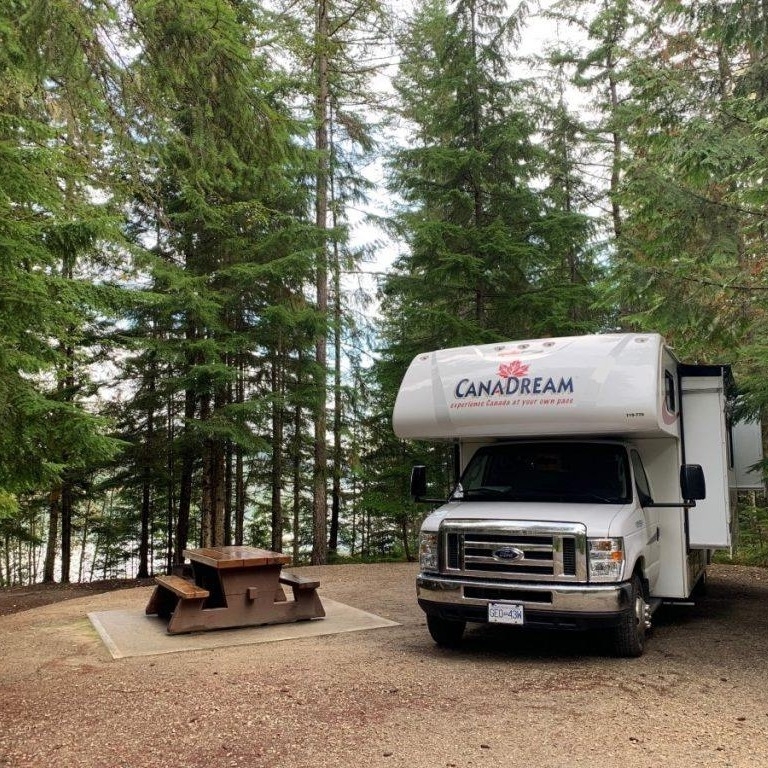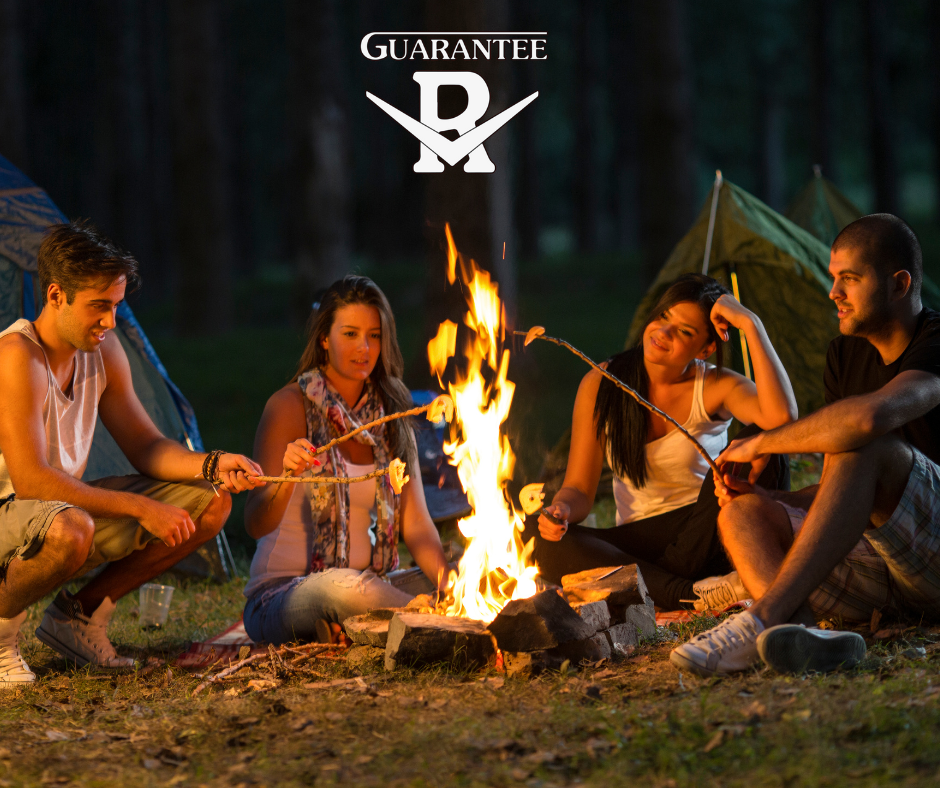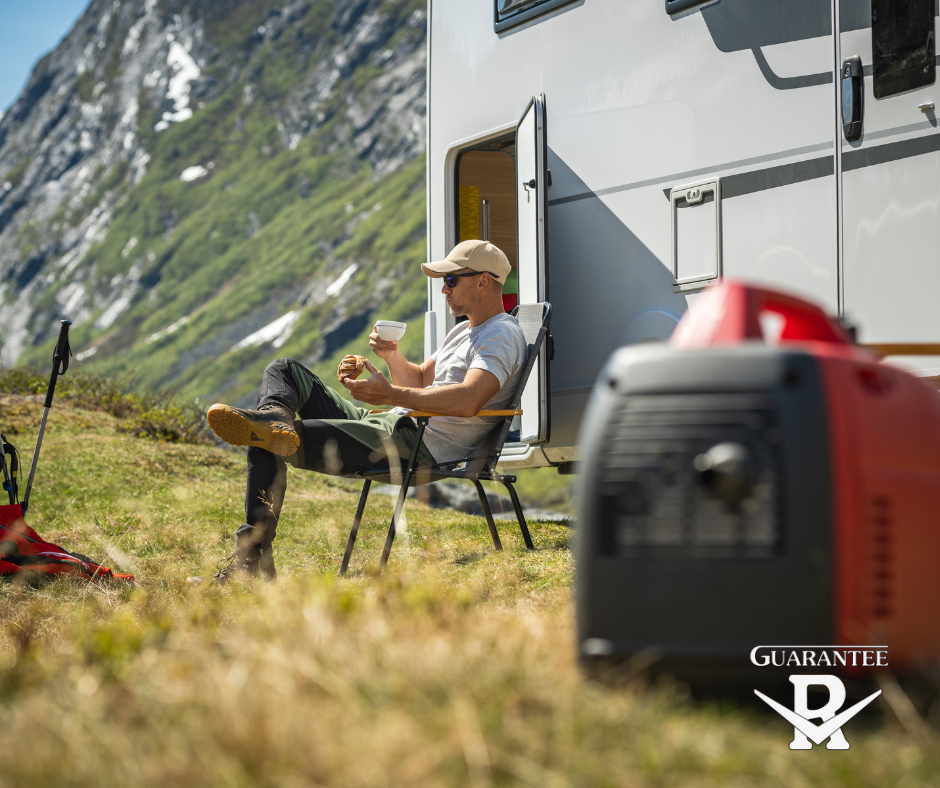Calling all adventurers and road trip enthusiasts looking for experiences beyond the dealership! 2025 promises a fantastic array of festivals and events across Canada perfect for RVers seeking community, adventure, and unique experiences. Embrace the vibrant culture and camaraderie of the RV lifestyle. Mark your calendars and get ready for some unforgettable moments!
Experiencing Canadian Culture and Community in Your RV
While RV shows are great for browsing, these festivals and events offer a different flavor, focusing on connection, celebration, and the joy of the open road:

- Canadian RV and Camping Month (June 1-30, 2025, Participating campgrounds across Canada): Formerly known as RV and Camping Week, this nationwide initiative is all about celebrating the RV and camping lifestyle. Expect participating campgrounds to host special events, activities, and potentially offer unique promotions. It’s a fantastic opportunity to connect with fellow campers and enjoy the beauty of Canada’s campgrounds. Check with your favorite local campgrounds for details!
- Saint-Tite Western Festival (September 2025, Saint-Tite Fairgrounds, Saint-Tite, QC): Saddle up for a unique experience in Quebec! While not solely an RV event, the renowned Saint-Tite Western Festival draws massive crowds, many of whom choose to camp in their RVs. Immerse yourself in rodeo action, country music, and a vibrant western atmosphere. Expect a lively camping community during the festival. Saddle up for a unique experience in Quebec! While not solely an RV event, the renowned Saint-Tite Western Festival draws massive crowds, many of whom choose to camp in their RVs. Immerse yourself in rodeo action, country music, and a vibrant western atmosphere. Expect a lively camping community during the festival.
- Wicked Woods Festival (August 29 – September 1, 2025, Fairmont Hot Springs, BC): For those who love music and the arts, Wicked Woods Festival offers a unique blend of both, set against the stunning backdrop of Fairmont Hot Springs. The festival welcomes RV campers, providing an opportunity to enjoy the performances and the natural beauty of the area from the comfort of your home on wheels.
Why Attend an RV-Friendly Festival or Event?
- Immerse Yourself in Local Culture: Experience the unique flavor of different regions through their festivals and celebrations.
- Connect with a Community of Like-Minded Travelers: Share stories, tips, and laughter with fellow RV enthusiasts in a relaxed and social setting.
- Enjoy Unique Experiences: From rodeos and music festivals to nationwide celebrations of the RV lifestyle, these events offer memorable moments beyond the typical campground stay.
- Discover New Destinations: Attending events in different parts of Canada can inspire your future travel plans and introduce you to new regions.
- Make Lasting Memories: These festivals often become cherished traditions, creating lasting memories with friends and family.
Important Note: Dates and details can sometimes change, so it’s always a good idea to check the official websites of the events before making plans and confirming RV camping availability and regulations.
Get ready to experience Canada in a whole new way in 2025! These festivals and events offer the perfect opportunity to blend your love for RVing with unique cultural experiences and a strong sense of community. Happy travels and happy celebrating!








